This is my personal review of home remedies to fight plant lice on my succulents. I'm trying out onions as well as lavender, if those remedies don't work, I'll move on to garlic.

Natural Home Remedies for Plant Lice
by spirituality
Plant lice is annoying, but while I want to rescue my plants, I don't want to use chemicals in my home or garden, so I'm trying out home remedies instead.
My Plant Lice
Observation helps: If I'd taken action when I first noticed the white fluff around the roots of this plant (image on the right), I would not have had this big an infestation to deal with now.
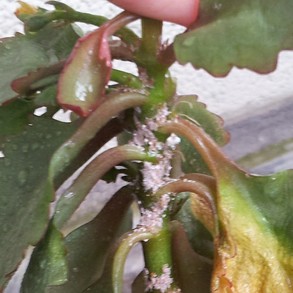 My Plant Lice Full Grown My own picture, Copyright Katinka Hes... | 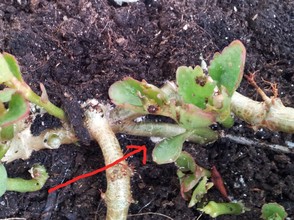 White fluff: probably plant lice eggs. My own picture, Copyright Katinka Hes... |
Some general information on plant lice
I did some background checking on plant lice (in Dutch) and it seems plant lice fly, so there's no guaranteed way to prevent a new infestation once you've gotten rid of the old one. See however the information on lavender below.
Plant lice are insects and the home remedies used to get rid of them rely on that fact alone.
Plant lice come in all sorts of colors: black, green, purple and white. My current infestation consists of white plant lice on three of my succulents.
Plant lice will infect plants most when they're not quite healthy: under watered, over watered, too much food in the soil etc.
This is my report of using only natural remedies to get rid of them.
How to get rid of plant lice
There are basically two ways of getting rid of plant lice: making life annoying for them or killing them. The old soap and alcohol method relies on killing them. The methods I'm trying this week rely on making life annoying so they'll split. Here are some remedies I've heard work:
- Tobacco: putting a plant in a plastic bag and closing it right after lighting a cigarette inside is supposed to work like a charm. You're poisoning the air as well as getting rid of oxygen: I doubt the insects will live.
- Tobacco: Letting tobacco sit in water so it becomes a sort of soup and then spraying that soup onto the plants.
- Onions and garlic: the smell of these foodstuffs will drive insects off. More about the method of using onions later.
- Lavender: the smell of lavender too scares insects off.
- Organic soap: not why, but it works better than your average detergent. See below.
The onions method vs Organic soap
Onions didn't work well enough, organic soap reduced the amount of aphids by half within 24 hours
The best thing I can say about the onions method is that my plant lice didn't multiply and do seem to have diminished a bit after a week. However, For now I'm back with the old organic soap trick. More on that later.
First - what didn't work...
I suspect the mushing of the unions may be part of why my method didn't work. Or maybe my plant lice are a different species from the ones that my online sources had.
I'm now back with old fashioned soap - organic soap to be precise. I don't mean the lavender smelling soap bars for in the bathroom. I mean the type of soap your grandmother used to clean the kitchen. It was organic in that it wasn't made from petrol. The only thing close to this type of soap I've been able to find in English are soap nuts. See this wizzle on organic aphid control.
In Dutch it's either green soap or soft soap. That is: soap based on Glycerin. I found one liquid soap that fit the prescription on Amazon: Grabgreen dish soap. See below.
Organic liquid soap
Dilute 10/1 and spray on the plant lice
 | GrabGreen Dish Soap, Red Pear with Magnolia, Bulk Size, 8 Pounds Liquid dish soap removes grease and gentle on hands red pear with magnolia scent. 1 gallon size. Non toxic and no phosphates and biodegradable. Animal cruelty free phosphate fre... |
Other methods: using garlic or tobacco
This method can be used with very little to change it with garlic or tobacco. In both cases using a mixer to make the parts as small as possible is a good idea.
In the case of tobacco I'd let it sit longer and put some soap in the water to make more of the chemicals in the tobacco dissolve into the water.
Garlic can of course also be used in a much simpler way: just put a clove of garlic in the soil of the plant you're trying to save. However, I'm not sure I'd trust that method in the case of an infestation like mine. Spraying seems absolutely necessary.
Lavender
I did put lavender plants near my infected plants. The lice staid on, so this method won't help you get rid of aphids, though it may be good enough for prevention.
Plants smell for the same reason that garlic and onions do: to protect themselves against insects. No wonder then that they help in protecting other plants as well.
More home remedies to get rid of insects
These are a bit more 'chemical'
Using onions to drive plant lice away
As I said: this didn't work for me, however - here's how I did it, in case you want to improve on my method
There is a reason onions and garlic are popular in food all over the world and it's not just the taste: both these foods have properties that will drive off insects and bacteria. Over the most of human evolution humans did not have refrigerators, so they had to make do with natural ways to keep their food healthy. Onions and garlic help tremendously.
So here's how to use onions and or garlic to drive off plant lice. One onion is enough for a quarter gallon remedy: enough for spraying a dozen plants several days in a row.
- Skin the onion and the garlic as you would if you were using them for a meal.
- Chop the onion into pieces small enough for chopping into mush mechanically.
- Use a blender to chop the onion to mush
- Add water enough till you have a quarter gallon (aka a liter) of mush. You'll note that the water becomes yellowish: that's the onion stuff you want.
- Put a cloth on a small pot or bucket. (see picture above) I used an elastic band, but rope will do as well.
- Let the onion stuff sit for about 15 minutes (probably not necessary in this method, but it can't hurt).
- Poor the onion stuff onto the cloth over the bucket. The water will go through the cloth. Once most of the water is through, gently take off the cloth with the mush left inside and squish the cloth to get the last drops of moisture out.
You now have a clear yellowish liquid in the bucket and onion mush in your cloth. We'll spray the liquid on the plants while a bit of the onion mush is spread on the soil of the infested plants.
Personally I choose to spray all my plants: I don't want to get rid of lice on one plant only to have them move house to another.
Spray the plants every other day for at least a week.
Get your own supplies
These are all kitchen basics, so if you don't have them, you might as well get them.
 |
| Cuisinart CSB-76BC SmartStick 200-Watt Immersion Hand Ble... |
 |
| Rubbermaid #2963-TP BISQ 11QT Pouring Bucket |
 |
| Whitmor 6171-917 16-ounce Spray Bottle |
Some notes on the onion method
Soms things I learned using this method
- My onion solution started fermenting within days, causing the spray bottle to run over. You may be able to prevent this by simply putting the solution in the fridge. Personally I opened the bottle so the pressure no longer pushed the solution out of the spray.
- The plant lice do slowly move off the plants, however a week wasn't enough to get them all of... FAIL
Conclusion
Unfortunately only the soap water spray method works reasonably well: it gets rid of MOST of the plant lice on my succulents. I've had to keep spraying to get that effect though. That's the problem with not getting rid of all of them, I'm afraid.
Adding turpentine to the mix - making it a soap-turpentine spray - seems to get rid of the last stragglers.
Terminology
"Aphids, also known as plant lice and in Britain and the Commonwealth as greenflies, blackflies or whiteflies, (not to be confused with "jumping plant lice" or true whiteflies) are small sap sucking insects, and members of the superfamily Aphidoidea. Aphids are among the most destructive insect pests on cultivated plants in temperate regions. The damage they do to plants has made them enemies of farmers and gardeners the world over, but from a zoological standpoint they are a very successful group of organisms. Their success is in part due to the asexual reproduction capability of some species."
With thanks to wikipedia
More by me
You might also like
What is Permaculture?Permaculture is a means of farming/gardening in harmony with the environment ...
The Best Eco Friendly Kitchen Utensils for the Conscientious CookLooking for eco-friendly kitchen utensils? Then look no further. From pizza c...
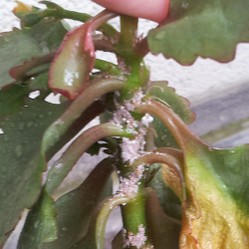

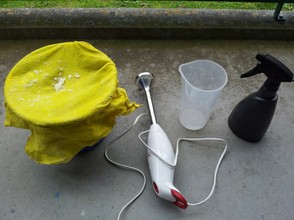
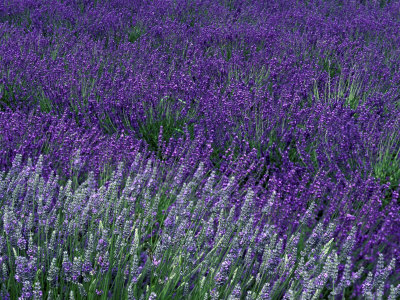



 Fresh ideas for Christmas Stocking Stuffers 2024on 06/02/2016
Fresh ideas for Christmas Stocking Stuffers 2024on 06/02/2016
 Best Makeup For Red Skin to conceal rednesson 04/07/2016
Best Makeup For Red Skin to conceal rednesson 04/07/2016
 How to get rid of red cheeks, or manage themon 04/07/2016
How to get rid of red cheeks, or manage themon 04/07/2016
 Top Multi-tasking Laptops - dualcore vs quadcore or upon 04/05/2016
Top Multi-tasking Laptops - dualcore vs quadcore or upon 04/05/2016

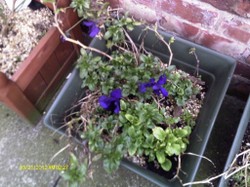
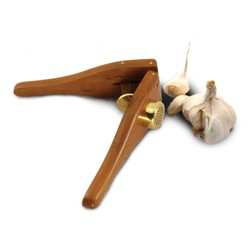
What is your favorite method for getting rid of plant lice?
Thanks for the information and sharing I've added you and highlighted both this article and your author info here http://wizzley.com/how-to-make-homema...
What a simple strategy for eliminating plant lice, I had no idea this stuff even existed. thanks for the simple home cure for this plant ailment. :) K